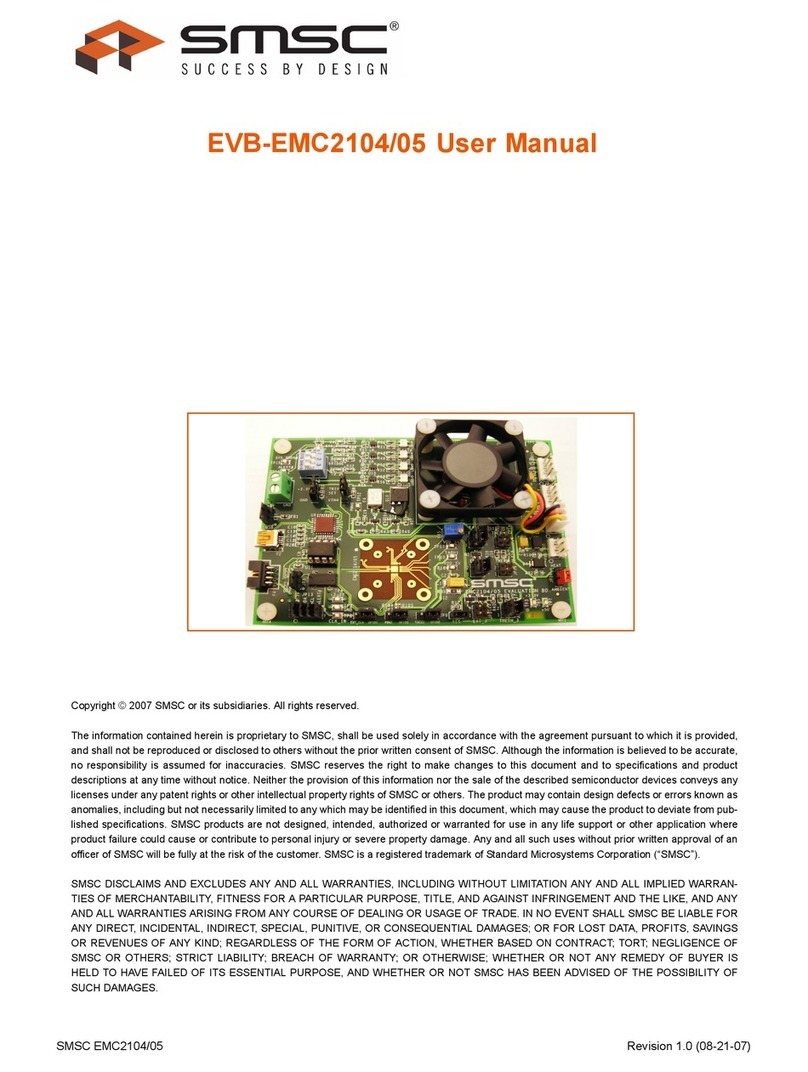SMSC EVB-EMC14 Series User manual














This manual suits for next models
8
Table of contents
Other SMSC Microcontroller manuals
Popular Microcontroller manuals by other brands
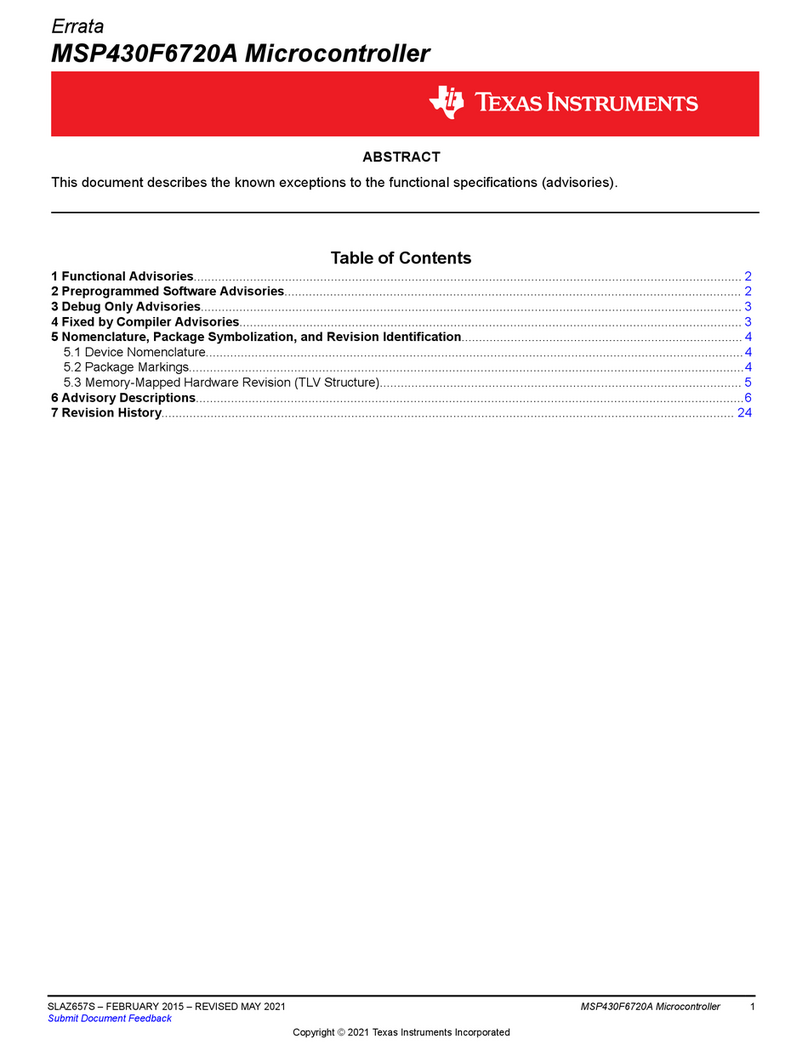
Texas Instruments
Texas Instruments MSP430F6720A manual
NXP Semiconductors
NXP Semiconductors SLN-VIZN3D-IOT user guide
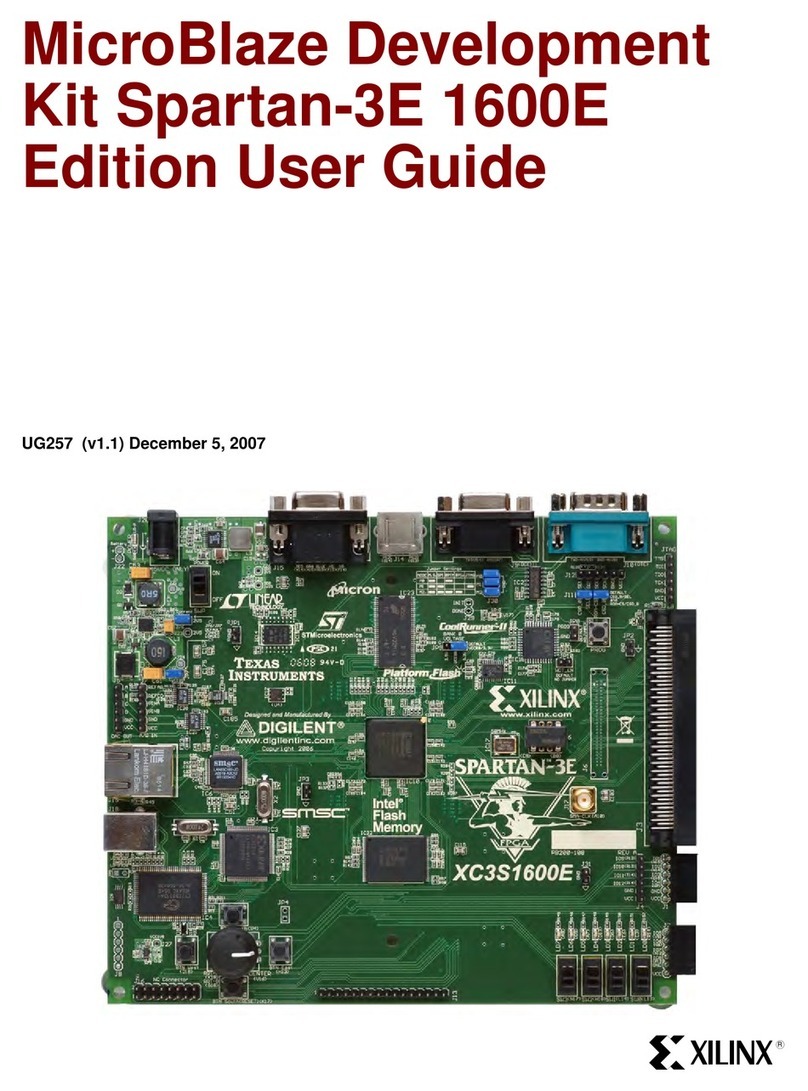
Xilinx
Xilinx MIcroBlaze Development Spartan-3E 1600E Kit user guide
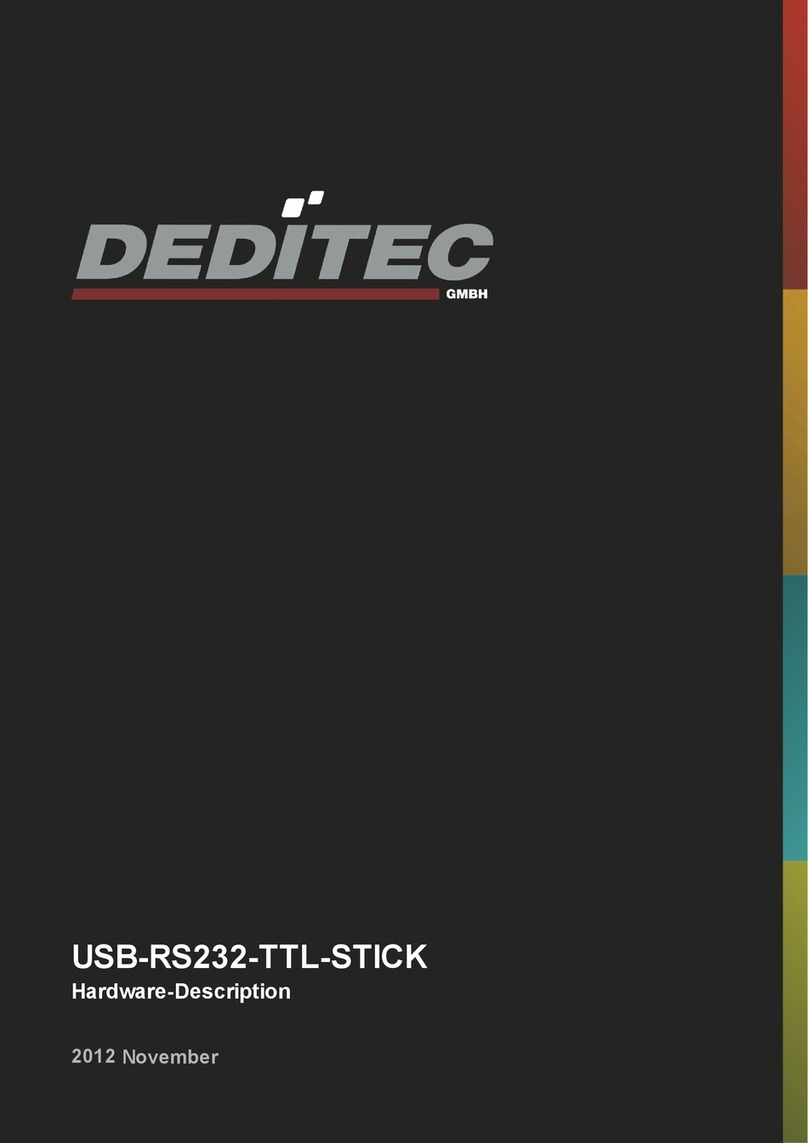
Deditec
Deditec USB-RS232-TTL-STICK Hardware description
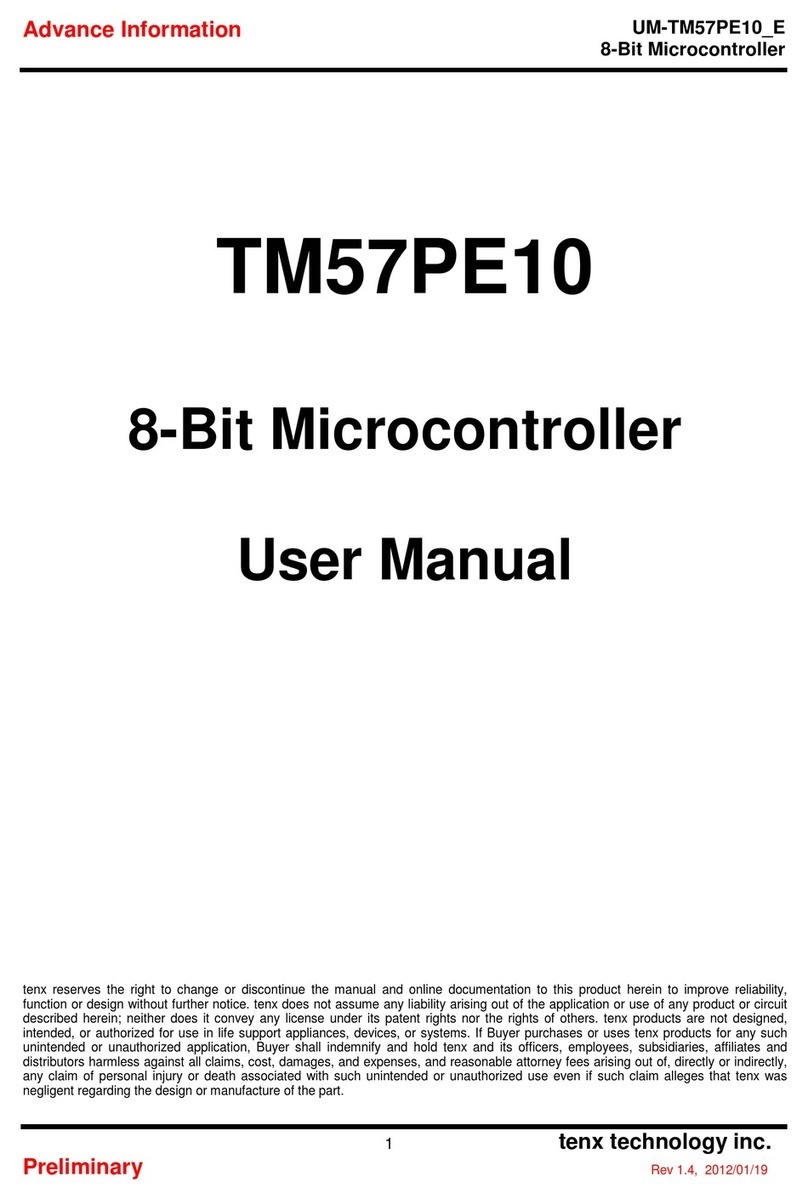
TENX TECHNOLOGY
TENX TECHNOLOGY TM57PE10 user manual
Silicon Laboratories
Silicon Laboratories EFM32 EFM32GG11 Giant Gecko Series quick start guide
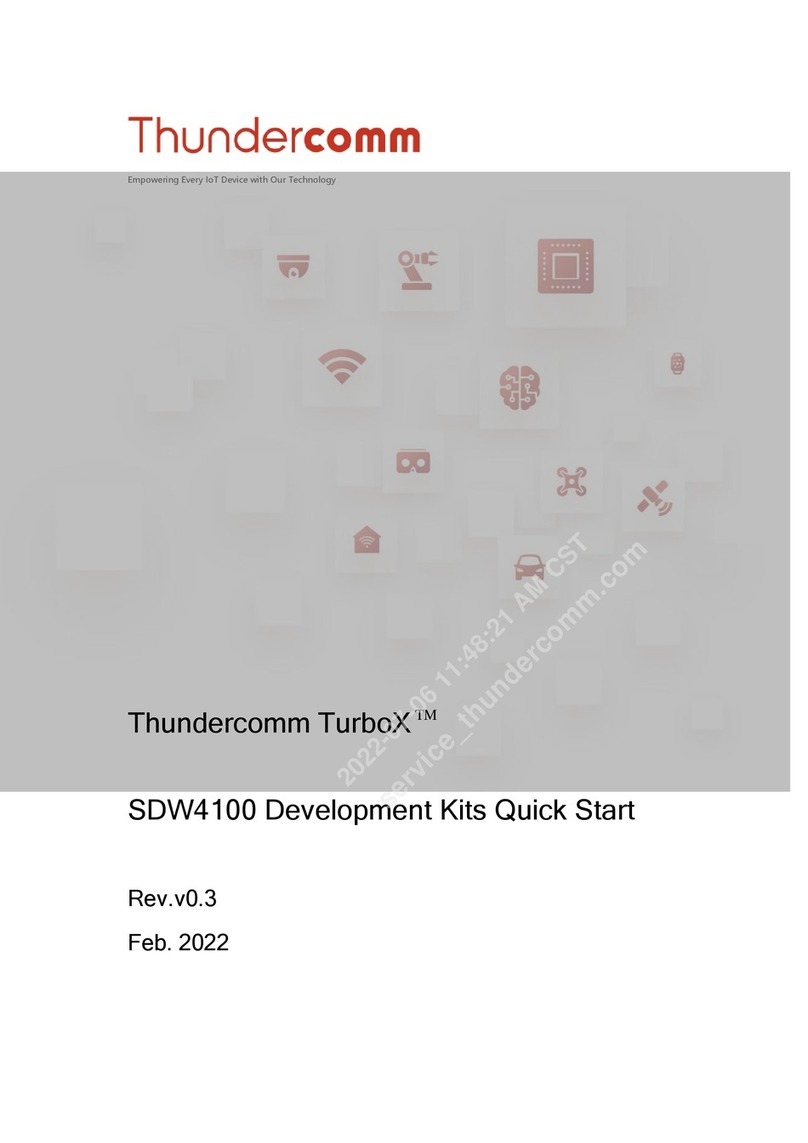
Thundercomm
Thundercomm TurboX SDW4100 quick start
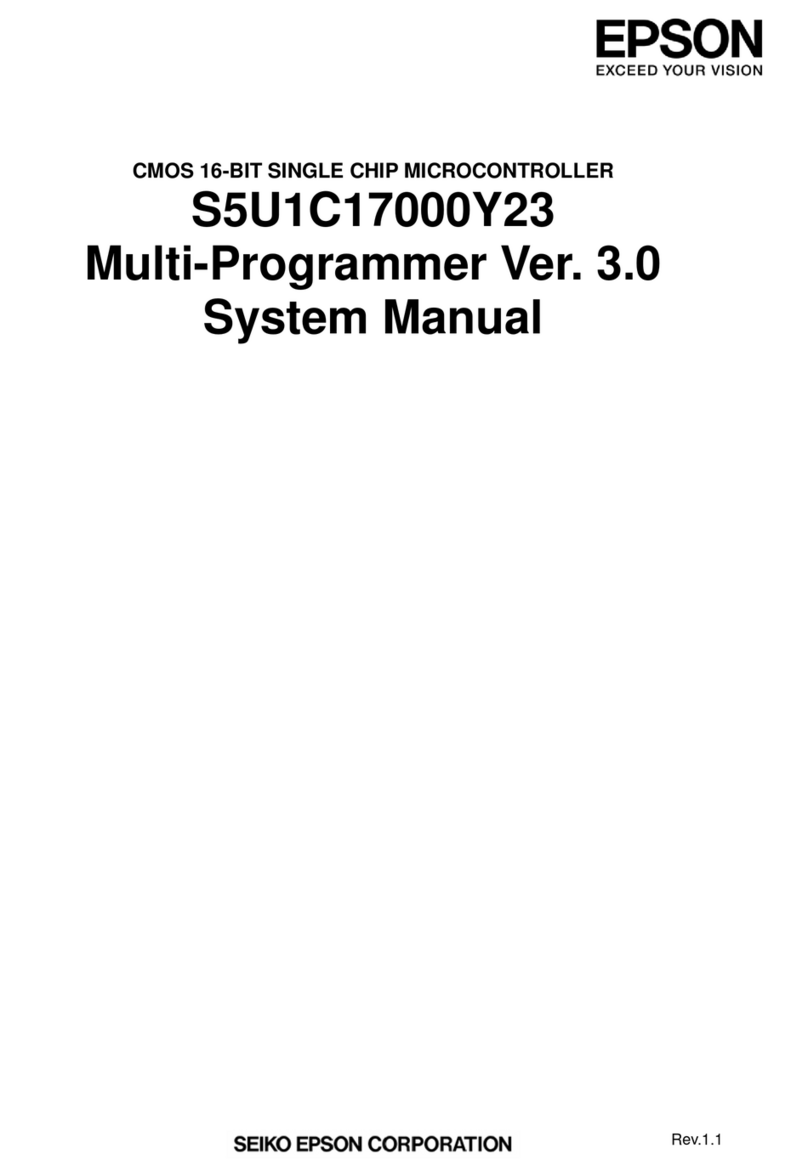
Epson
Epson S5U1C17000Y23 System manual
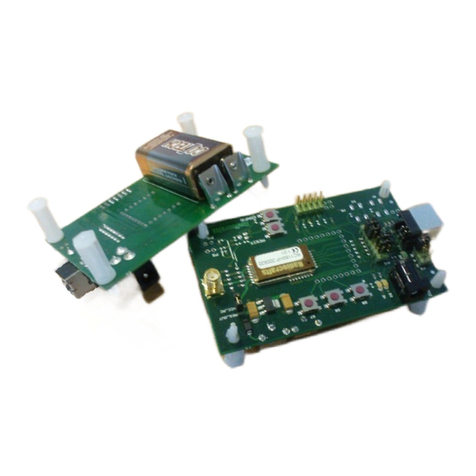
Radiocrafts
Radiocrafts RC HP-DK Series user manual

GOWIN
GOWIN DK Motor GW2A-LV55PG484C8I7 V3.0 user guide
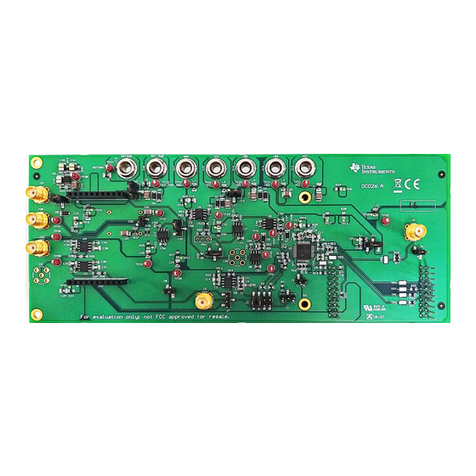
Texas Instruments
Texas Instruments BP-DAC11001EVM user guide

Texas Instruments
Texas Instruments TMS370 Series Getting started guide
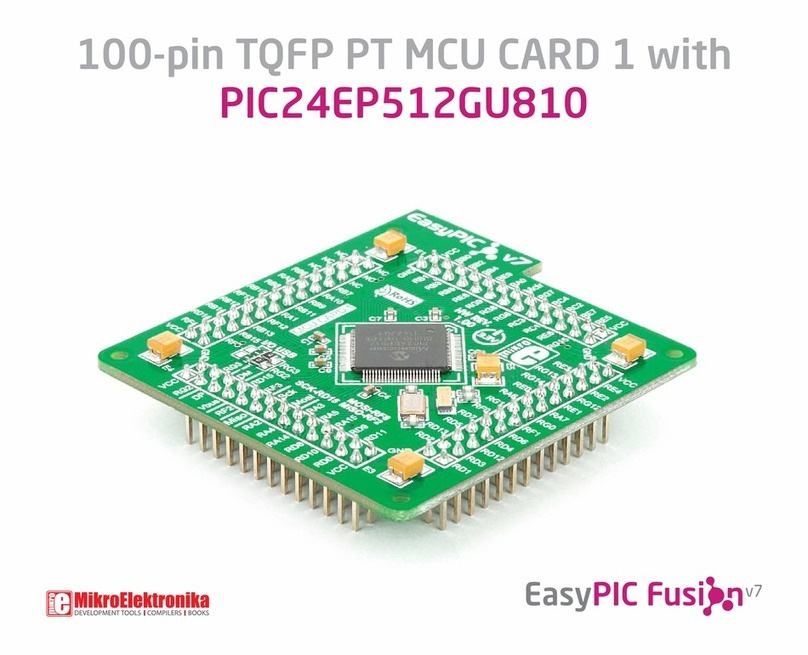
mikroElektronika
mikroElektronika EasyPIC Fusion V7 TQFP PT MCU CARD 1 manual
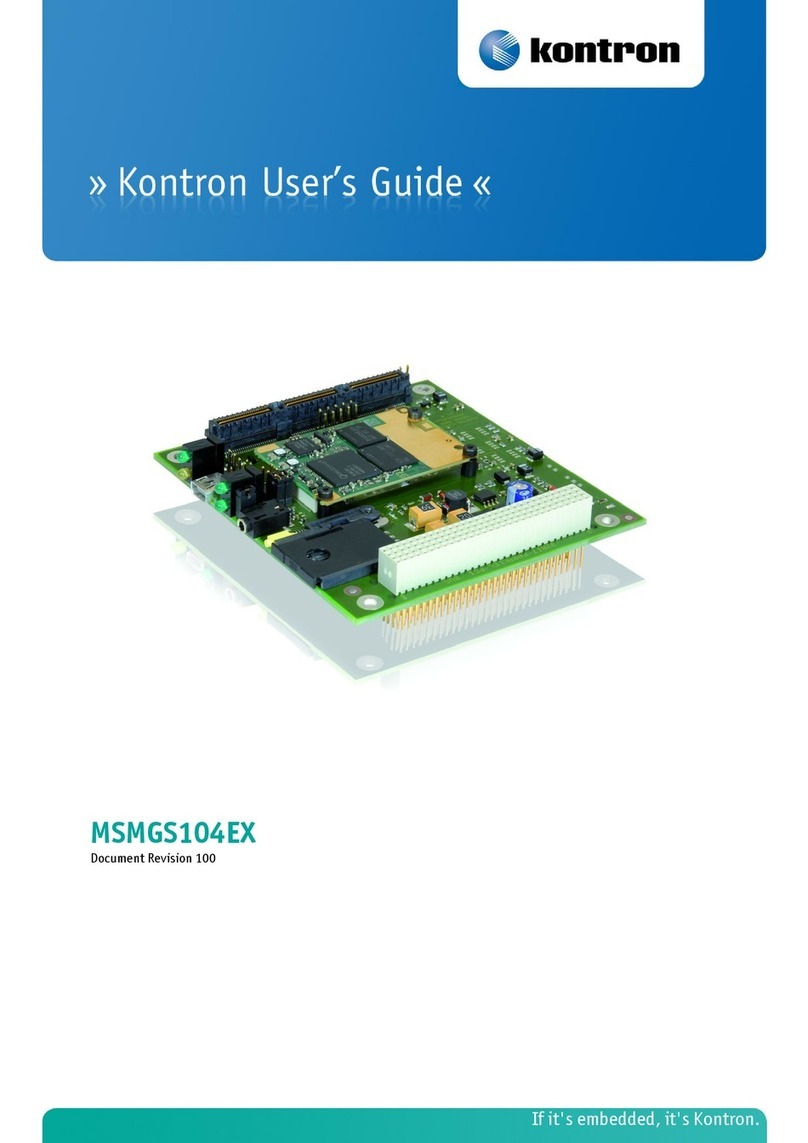
Kontron
Kontron MSMGS104EX user guide
Cypress Semiconductor
Cypress Semiconductor CY3655-EXT enCoRe II quick start guide
National Semiconductor
National Semiconductor COP820CJ manual
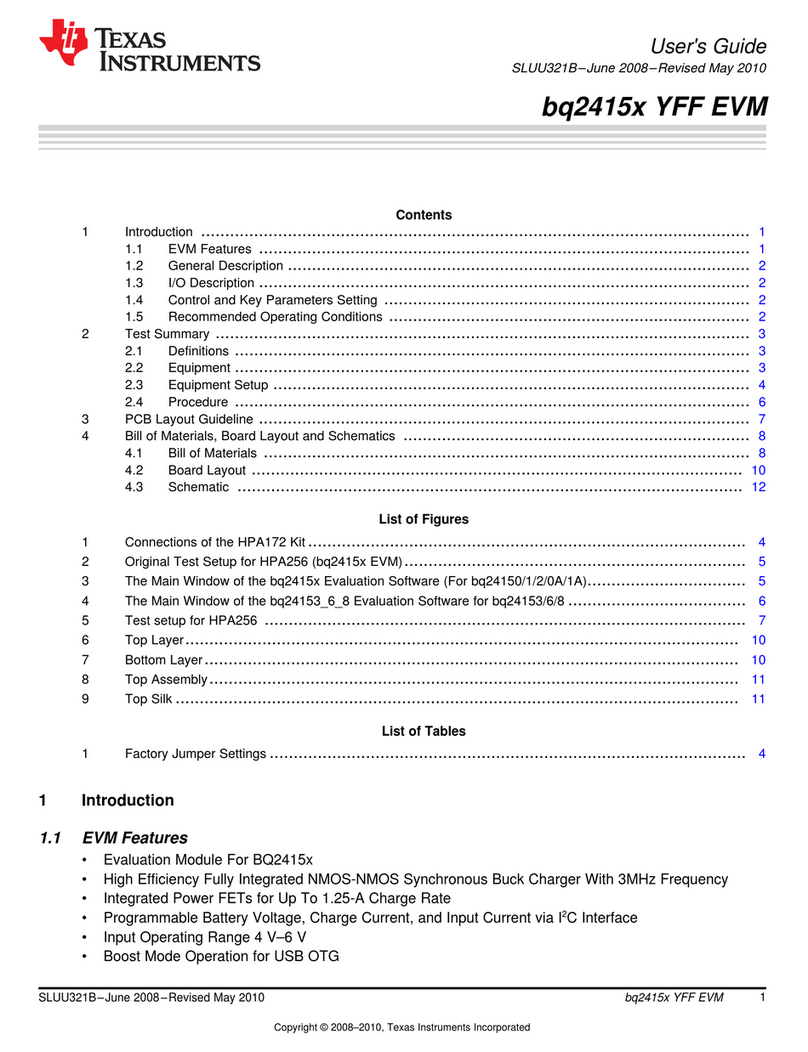
Texas Instruments
Texas Instruments bq2415 Series user guide
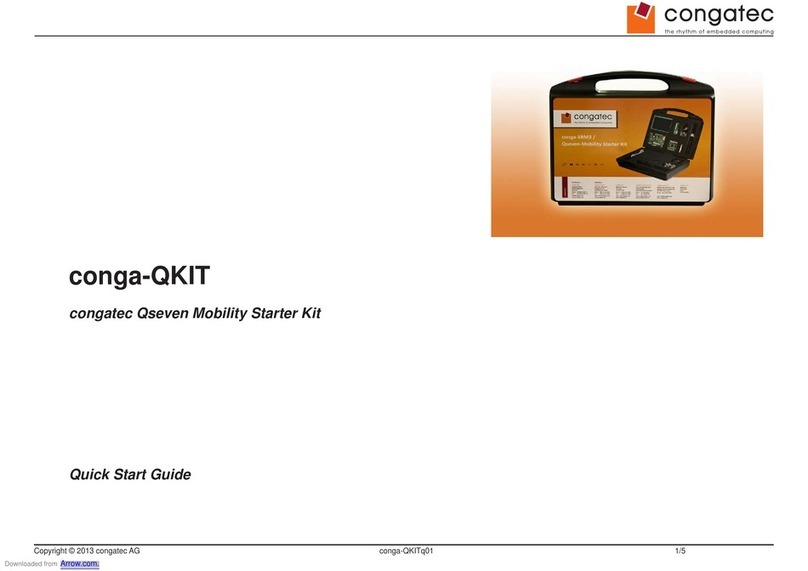
Congatec
Congatec conga-QKIT quick start guide


